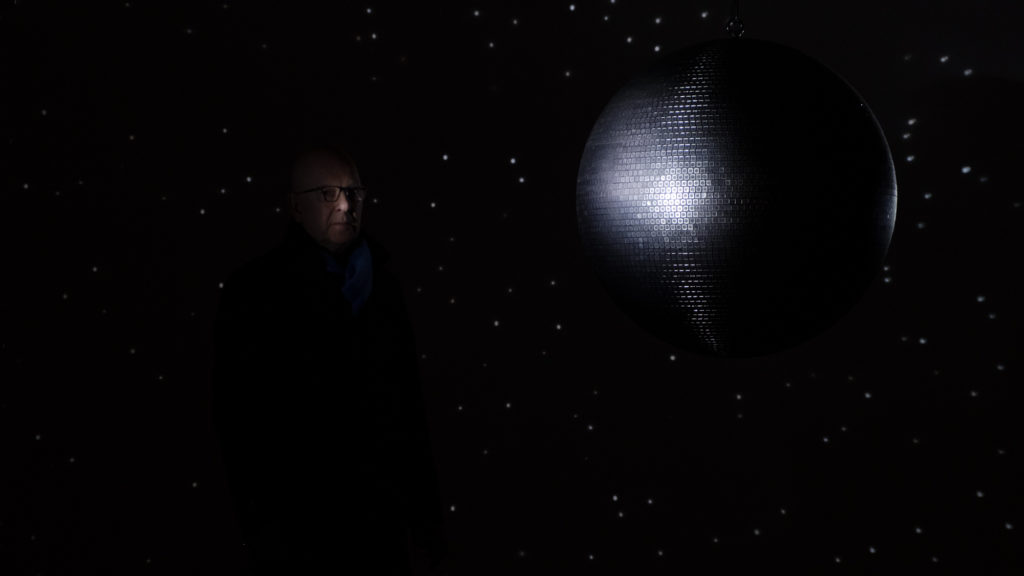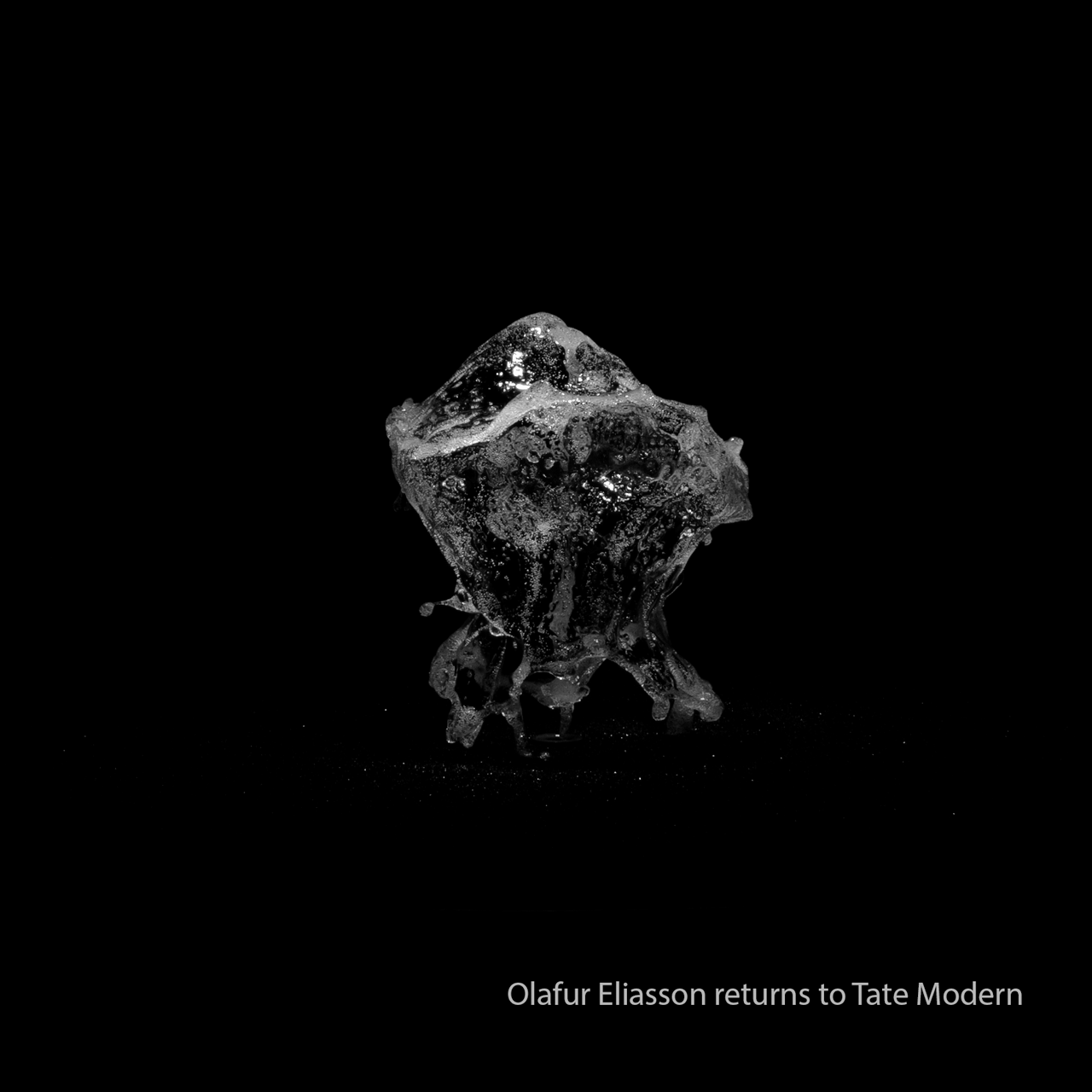Libran Writer posted earlier this year about a visit to see an exhibition in Margate. The post was ten months ago, which seems almost as hard to believe as that the visit itself had occurred exactly a year before. Since I’m married to Libran Writer, you won’t be surprised to learn that I was there too. We had stumbled into the show the day before the official opening so we had the place pretty much to ourselves. What a treat that was.

Such a treat that we travelled back to Margate to see the exhibition a second time, in April and stayed overnight in a suitably eccentric bed and breakfast. The Reading Rooms on Hawley Square since you wondered.
Truth is that Katie Paterson’s conceptual art makes you think.
A place that exists only in moonlight: Katie Paterson and J.M.W. Turner was in the Turner Contemporary, Margate, from 26 January to 6 May 2019. I’m sorry that you probably missed it.
I was looking at the Moon and Mars earlier with binoculars. Libran Writer was beside me as I thought about the Moon, and her description of Beethoven’s Moonlight Sonata and Katie Paterson’s arrangement of the familiar Quasi Una Fantasia.
In Margate, in Turner Contemporary, there was a Yamaha grand piano playing the piece by automated means. Both sonatas at once. His version was as you know. Hers was a version that was ‘Moon-altered’.
I’m intrigued by conceptual art. Always have been. I am equally taken by Gormley filling a room with wire to represent the three dimensions of his two dimensional doodles or Magritte demonstrating the treachery of images. Conceptual is surreal and vice versa, in my view at least. They make you think about the boundaries of reality and beyond.
Take Olafur Eliasson for example. We happened to be in Tate Modern at opening time in July 2019 and had the Big Bang Fountain (2014) to ourselves for several minutes. The fountain exhibit is a water feature, curtained off behind blackout drapes and is illuminated every few seconds by the flash of a strobe light. This appears to freeze the water into various ice shapes that are freely floating in the air. It’s beautiful and curious and thought provoking. We don’t see glaciers move because we live too fast. We don’t see water appear solid because we live too slowly. Ice would be in your soul if you live in Iceland but what does ice mean to people who live at sea level on the equator? The bedrock for our home, where I sit now, was ice sculpted as recently as 10,000 years ago. Water is arguably the most important concern for modern man. It’s definitely worth thinking about water.
I imagined a complementary way to portray this ice-like exhibit. So I held my Fuji camera with the shutter on manual (bulb) and closed the shutter after each flash. That gave me a series of photos that I aligned later on my computer and animated as the gif file shown here. I shared the gif with a few people because I wanted lots of people exposed to the concepts. I don’t mean just to see the gif. I wanted to persuade people to visit Tate Modern. And I’m pleased to say that quite a few did and we joined them. Given we lived nearby at the time, we made it back many, many times in the company of friends and family. And if any of you are reading this, I hope you continue to enjoy the memory of the exhibition.

Earlier, the Moon-altered sonata was very much in my mind. Earth-Moon-Earth (2007) consists of Beethoven’s Moonlight Sonata played from a score that has first been bounced off the moon. This was done by translating the sonata into Morse code, then transmitting it by radio to the Moon from which its echo was recorded back on Earth. The returned code has been fragmented by the irregularity of the Moon’s surface and the absorption effects of two passages through our atmosphere. The recovered signal was reconfigured from Morse to a new score. The data drops become silences. The piece is thus ‘Moon-altered’. Familiar yet oddly haunting because the subtle flaws and changes make it slightly dissonant. You’ll find your brain wants to fill in the gaps. What a metaphor that is!
Talking of gaps, Beethoven the composer is credited. Morse gets a mention. Paterson, the conceptual artist, is credited. Yet there’s an asymmetry not just in the music but also in the credits. We don’t get told who described and refined the maths that enabled us understand how to achieve this feat. Who came up with the electricity that powers the art? Nor is the inventor of the radio mentioned. And the list of the overlooked, the forgotten carried on throughout Turner Contemporary to the piano, emblazoned with Yamaha, itself a translation from the Japanese, like music to morse, composed in 1801 to rearrangement in 2007, earth to moon to earth.
Art should make you think about what you take for granted every much as giving you ideas as to what might be possible.
Conceptual and surreal artists helps us see. Katie Paterson brings attention to the overlooked and ambiguities in our environment. That environment could be a grain of sand or a cosmos, a fraction of a second or 4.5 billion years, solid or fluid or something else entirely.
How often it is that we see the truth by altering our point of view.
The Libran Writer blog is here.
You can hear Moonlight Sonata in the background of this interview with Katie Paterson.

Leave a Reply